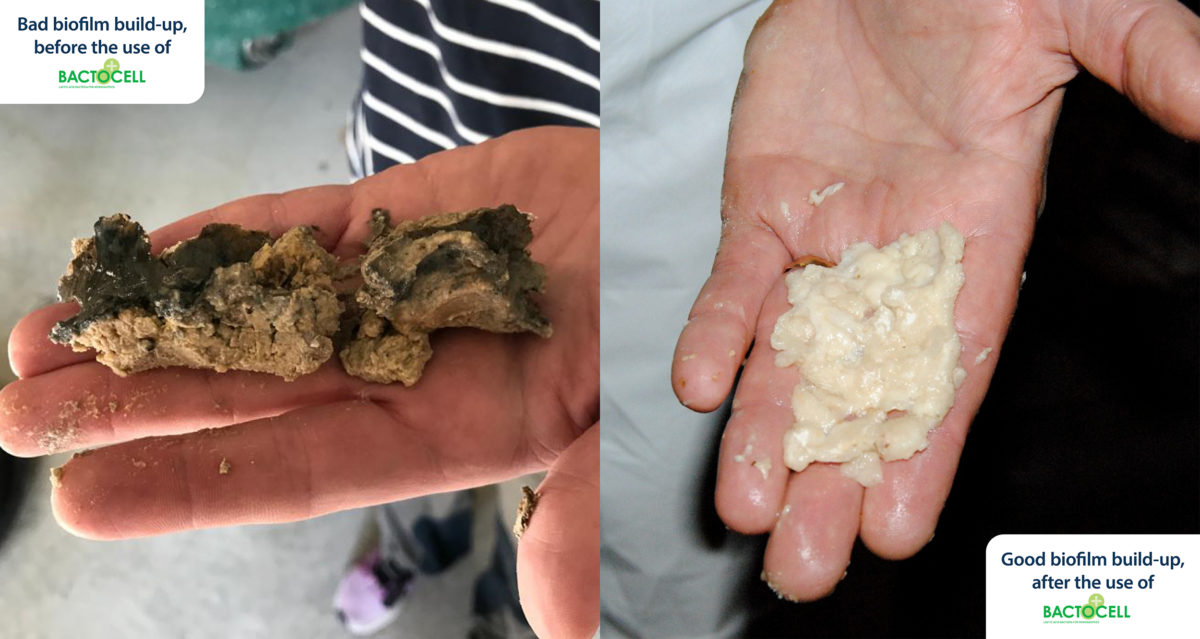Blog | Reading Time 3 minutes
Keys steps to maintain hygiene in pig liquid feed systems
Liquid feeding systems allow efficient feeding of pigs, using a mix of water and feed ingredients. However, liquid feed systems can be difficult to keep clean and if left unchecked can build up harmful microbial biofilms. These negative biofilms contain undesirable bacteria which can have a negative knock-on effect on animal health and performance.
Bactocell is the first microbial to receive an authorisation1 in the EU, and from the Food Standards Agency (FSA) in Great Britain,2 as a technological feed additive related to the hygiene of liquid feed (this means it is now available to use in all liquid fed to pigs in the UK and Ireland).
Read on for practical advice on liquid feed system hygiene to maintain feed quality and ultimately benefit your bottom line.
How to assess your feed system hygiene
Understanding the difference between a hygienic liquid feed system and an unhygienic system is vital.
A hygienic system has a dominant Lactobacillus bacteria population, characterised by a white, pleasant-smelling biofilm on the inside walls of tanks and pipes (right).
If the inside of your liquid feed system is brown or dark in colour and gives off an unpleasant odour (left), then it’s likely your feed system is unhygienic, and the presence of negative biofilms with undesirable bacteria is reducing pig wellbeing and performance.
Steps to reset your system’s hygiene status
If you think your liquid feed system is unhygienic, there are several steps you can take to reset your system’s hygiene.
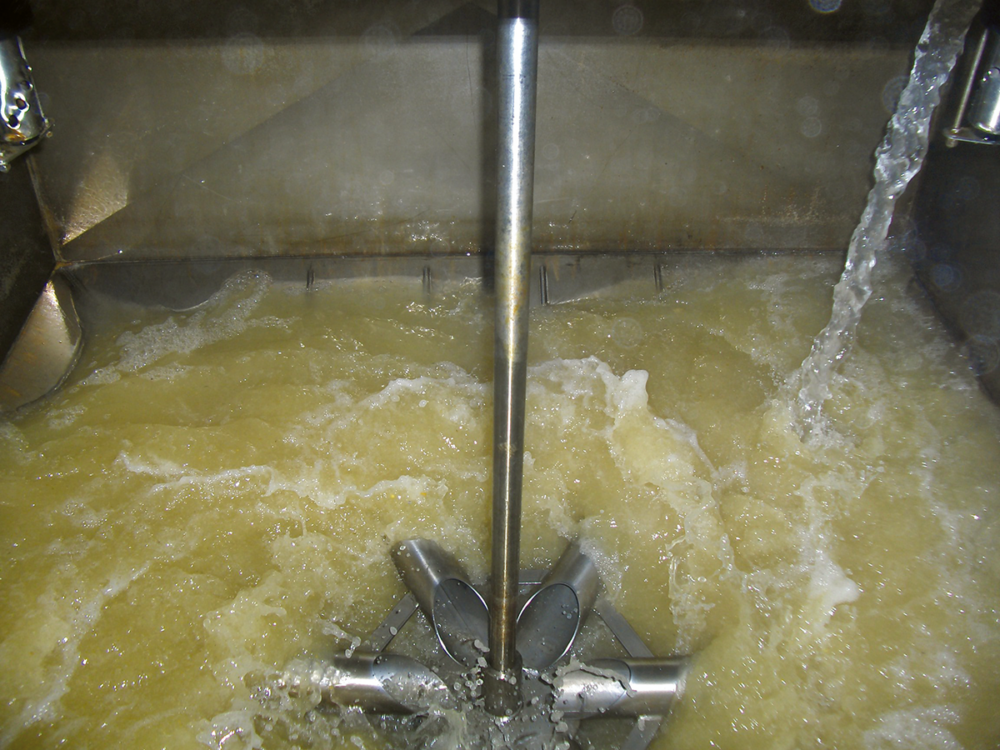
CLEANING: give your system a thorough clean:
Drain it and scrub: all parts that can be scrubbed, especially areas where feed residue can accumulate.
Wash: give it a high-pressure wash, ideally with hot water.
Descale and disinfect: follow this with descaling and disinfection using an alkaline product and then an acid product.
Rinse: fully rinse out the system and ensure no residue is left in troughs.
INSPECTION:
Inspect feed equipment for signs of wear and tear. Feed may accumulate in damaged or obstructed sections, making them a hotbed for negative microbial growth.
Fix any problem areas.
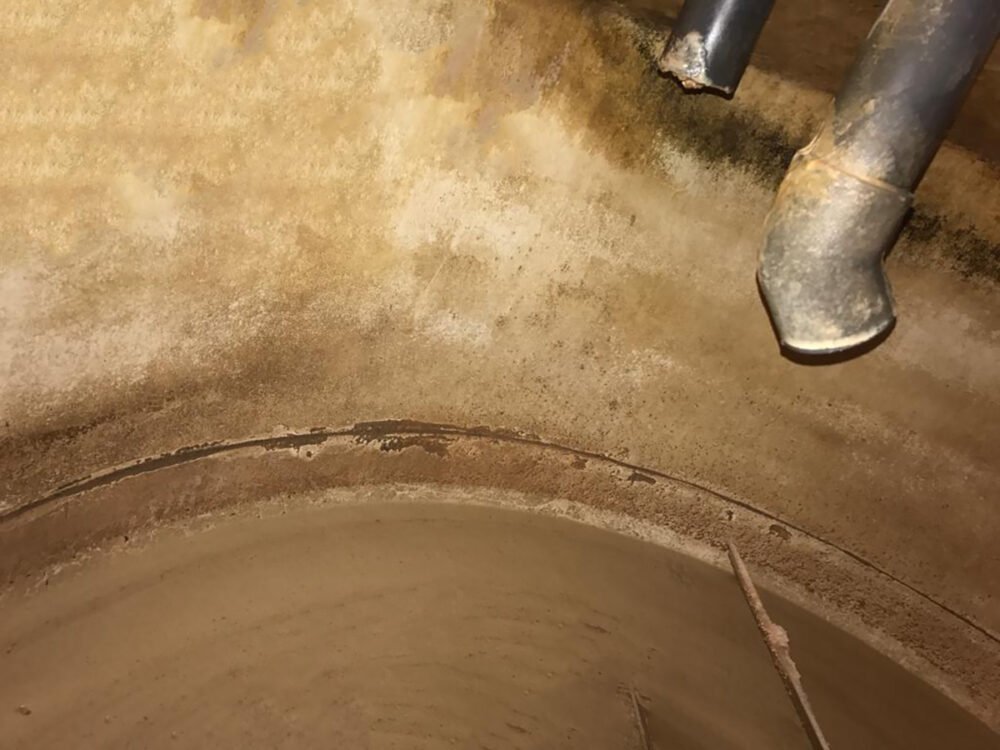
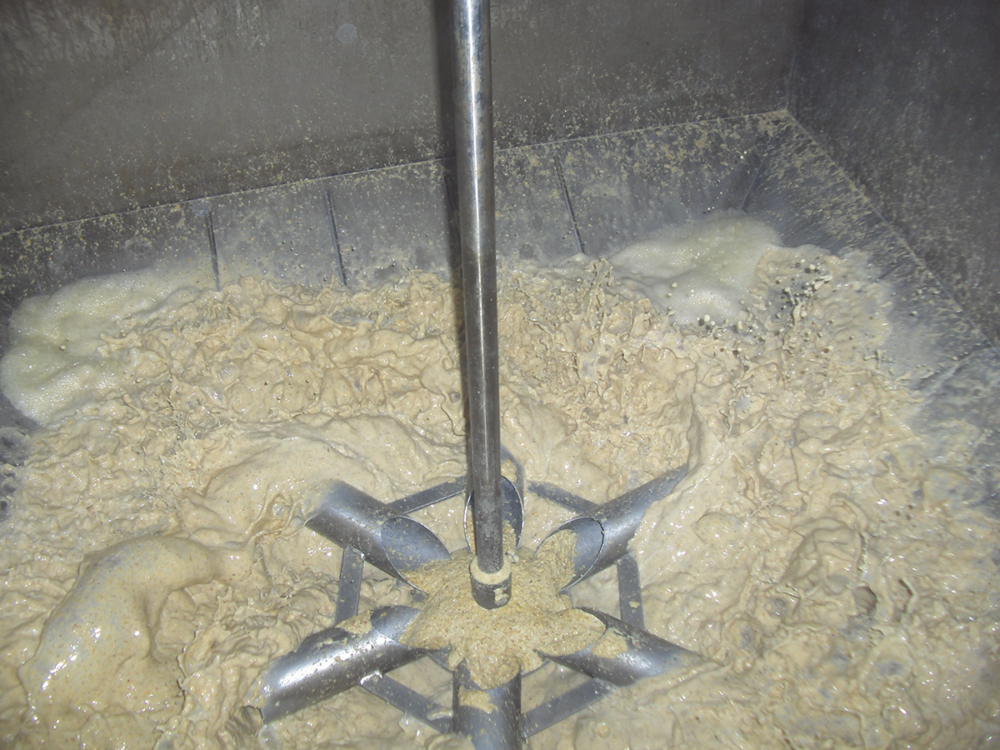
INGREDIENTS: Before you start again, make sure what you put into the system is of the right quality.
Check water quality - contaminated water can introduce negative microbes and lead to pathogen growth.
Check feed ingredient quality and storage - incorrectly stored feed ingredients can also be a source of negative microbes.
Using an additive to improve your feed system hygiene
The lactic acid bacteria in Bactocell can survive in the gut and play an important role in microbiota balance, intestinal system maturity and digestive efficiency.
Bactocell promotes a more positive bacterial balance in feed systems, reducing the colonisation of harmful bacteria contributing to negative biofilm formation.
In addition to a thorough clean of the liquid feeding system, introducing the unique lactic acid bacteria Pediococcus acidilactici CNCM I-4622 (Bactocell) is proven to help maintain good hygiene.
How to use Bactocell in liquid feeding systems:
- Mix 50kg feed in 100L – 200L warm water in your preparation tank.
- Add 3kg of Bactocell PA1 to provide 3 billion live cells.
- Mix evenly and leave to ferment overnight for the first 3 nights to allow the lactic acid flora to establish a positive biofilm within the feeding system.
- Include Bactocell PA1 at 1kg/t of feed or ask for Bactocell PA10 to be included in your mineral pre-mix at 100g/t of feed equivalent to benefit from Bactocell’s probiotic effect, such as improved FCR, feed intake, homogeneity and reduced mortality.
By maintaining a clean and efficient liquid feeding system, you can preserve the nutritional quality of feed and help ensure the health and productivity of your pigs. Regular checks and a proactive approach to hygiene using proven feed additives can prevent problems before they start.
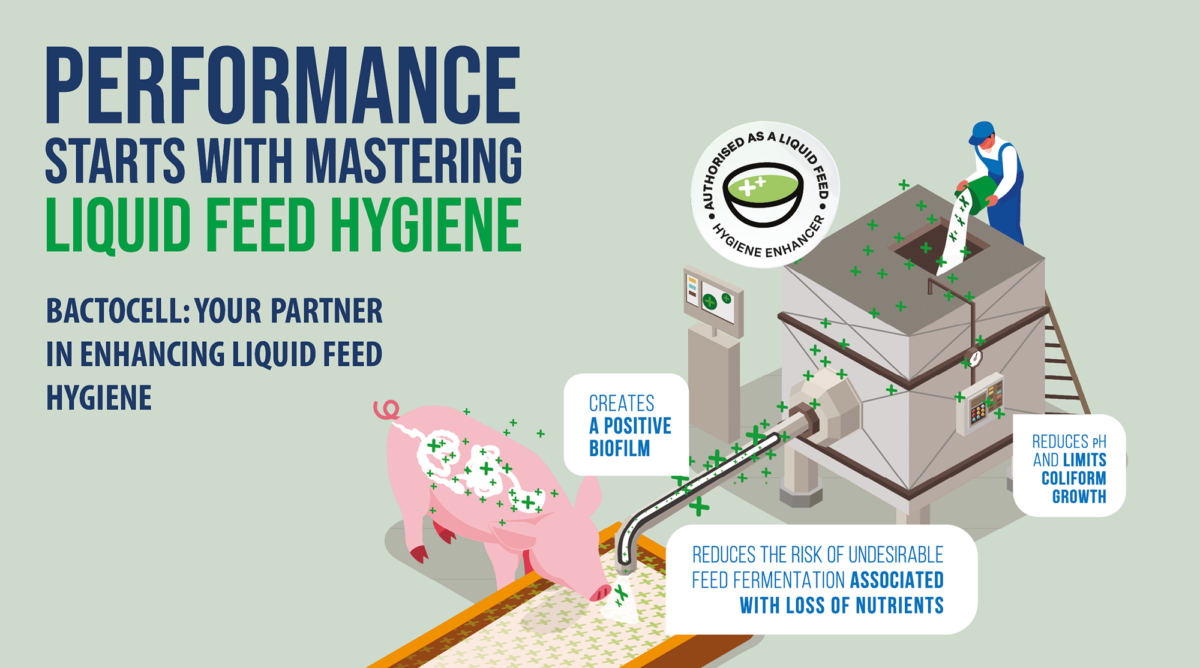
Need some help?
Contact our teamReferences:
- The FSA authorisation is for use in all animal species (REGULATION (EU) 2024/1101) as a technological feed additive in the functional group of acidity regulators and hygiene condition enhancers and covers the application of the lactic bacteria in feed materials used for the preparation of liquid feeds at a minimum inclusion level of 1×109 (colony-forming units) CFU/kg feed.
- Available at: https://eur-lex.europa.eu/legal-content/EN/TXT/HTML/?uri=CELEX:32023R0053&from=EN
- Cullen, J. T., Lawlor, P. G., Cormican, P., & Gardiner, G. E. (2021). Microbial Quality of Liquid Feed for Pigs and Its Impact on the Porcine Gut Microbiome. Animals, 11(10), 2983.
Published Mar 21, 2025 | Updated Apr 14, 2025
